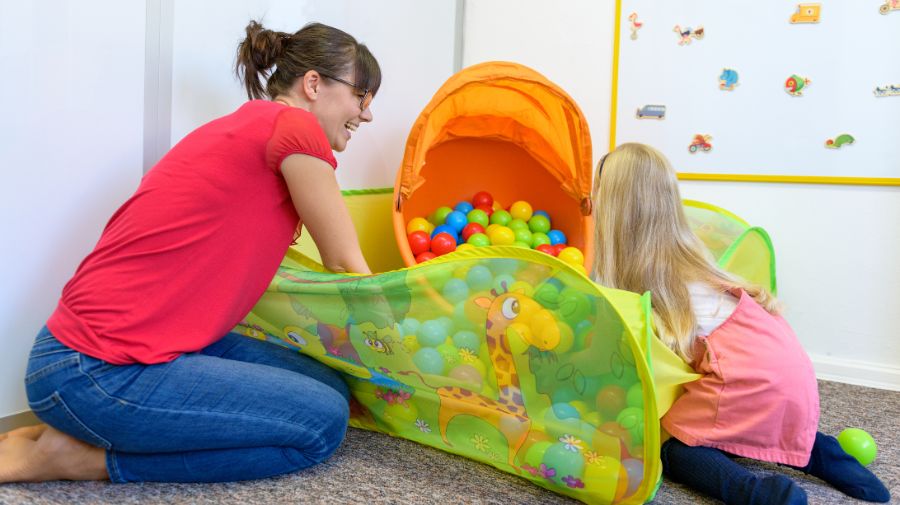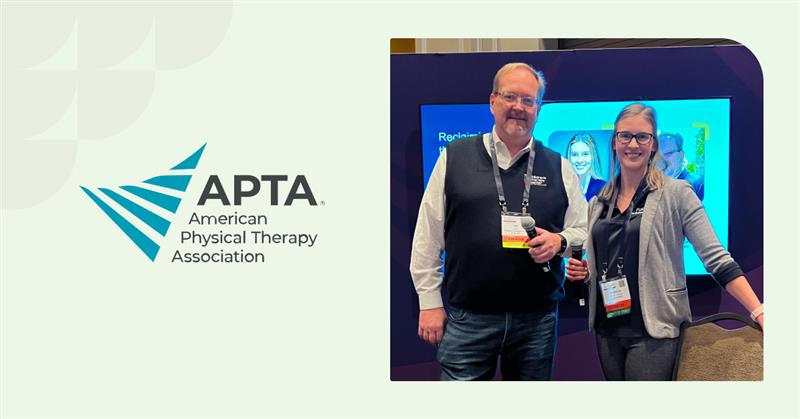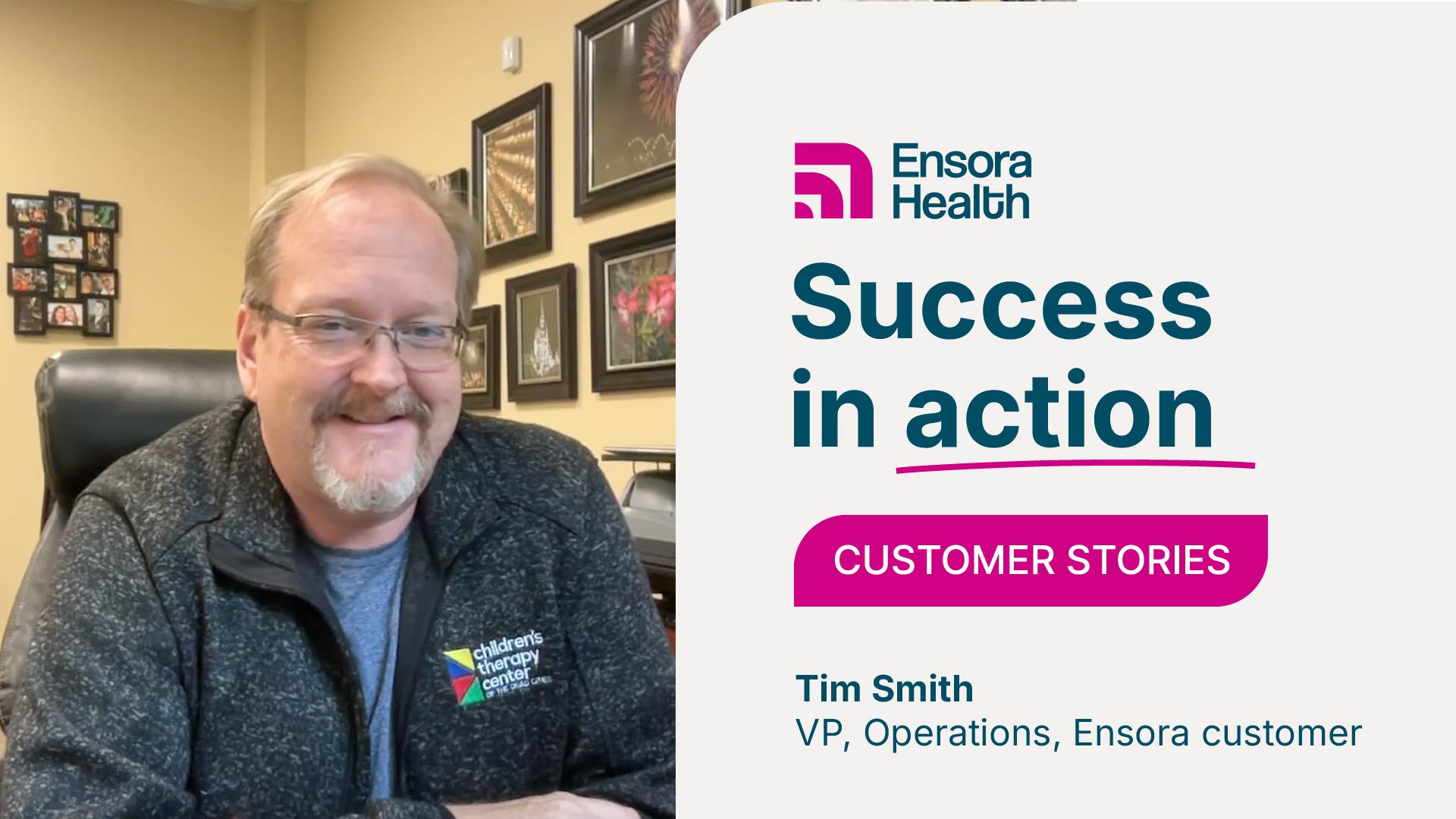7 essentials to writing effective pediatric OT SOAP notes

If you work as a pediatric OT, you know that documentation is not only the key to getting paid, but also a representation of therapy’s distinct value to a child. Whether you’re still using a pen & paper or you use an EHR for your therapy documentation, completing and managing SOAP notes and evaluations for every patient can be overwhelming and sometimes costly–especially if you have a full case load.
Let’s be honest, you didn’t become a pediatric occupational therapist because you absolutely LOVE spending time on tedious paperwork. Your passion is providing life changing treatment and improving the lives of your kiddos and their families.
Fortunately, there are 7 simple rules you can follow to improve your SOAP notes:
- Use a consistent structure and flow
- Create a unique note for every appointment
- Establish a reasonable number of goals
- Complete notes in a timely manner
- Make sure your notes are legible
- Include all the details of the session
- Don’t include unnecessary information
These principles apply to every discipline, not just OTs. Whether you’re an occupational therapist, physical therapist, or speech-language pathologist, following these rules will improve your documentation big time!
SOAP is an acronym for subjective, objective, assessment and plan.
7 principles for improving your pediatric OT documentation & SOAP notes
Now, if you want to be more effective and efficient as a pediatric occupational therapist, here’s more information on the seven essential principles you should use as a guide for creating defensible documentation.
1. Create daily notes with a consistent structure and flow
Kim recognized the need for more advanced tools to maintain her high standards of care. With an increasing number of clients to schedule and bill, she sought out software that could scale with her. She also set goals to streamline her workflow and created detailed documentation to align with her holistic approach to care. Given her limited time to train new therapists, it was crucial that the new EHR was intuitive. Of course, all of this had to be cost-effective. As Kim and Ryan expanded their business and saw more clients, they understood that this would require increased spending on advertising, location, and administrative costs.
2. Create a unique note for every appointment
A unique note should be created for every child after each session, making every goal and treatment session relative to the client, so that different interventions and activities are clearly justified for the session. Also, avoid “cookie cutter” notes that look the same for each child. Be sure to find an electronic system that provides lots of built-in pediatric occupational therapy content with the flexibility to customize unique responses, outcomes, and goals tailored to the individual.
3. Establish a reasonable number of goals
Goal writing is a crucial element of SOAP notes, but too many goals can get in the way of treatment and reimbursement. Prioritize goals for the child to focus on. In pediatrics, especially in OT, it can be difficult to prioritize goals or know where to even begin in the goal writing process. Try to be specific to your client and what limitations are most challenging and affecting every day success for them. It’s important to have your client’s long term goals be as functional as possible, setting short term goals as a way to incrementally meet the long term goal.
4. Complete notes in a timely manner
Make an effort to document in real time to accurately report events. Besides increasing the time it takes to get reimbursed for treatment, getting behind on documentation can significantly hinder the treatment process as well.
The further removed you are from an appointment, the less you’ll remember. This can get in the way of treatment as you forget important details over time. But make sure you know the rules of when it’s appropriate to bill for time spent documenting.
5. Make sure your notes are legible
Make sure your notes are neat and legible if you do not already have an electronic record system in place. To create easy to read, streamlined documents, consider looking into an electronic system that is customizable and specifically designed to include pediatric occupational therapy content.
6. Include all the details of the session
Documentation of individual appointments is your evidence of the quality and efficacy of the treatment that a child receives. Excluding or forgetting important details can call your quality of care into question. The more detail you can provide about a given session, the better. These details will help you replicate your treatment methods across sessions, communicate with other therapists, and better educate the child and their family about the treatment process.
7. Don’t include unnecessary information
Be sure to only include the appropriate details from your session that will avoid any unnecessary discrepancies. Write better, not more. Knowing what is needed to tell the story of medical necessity and functional outcomes is key to documentation that gets reimbursed.






